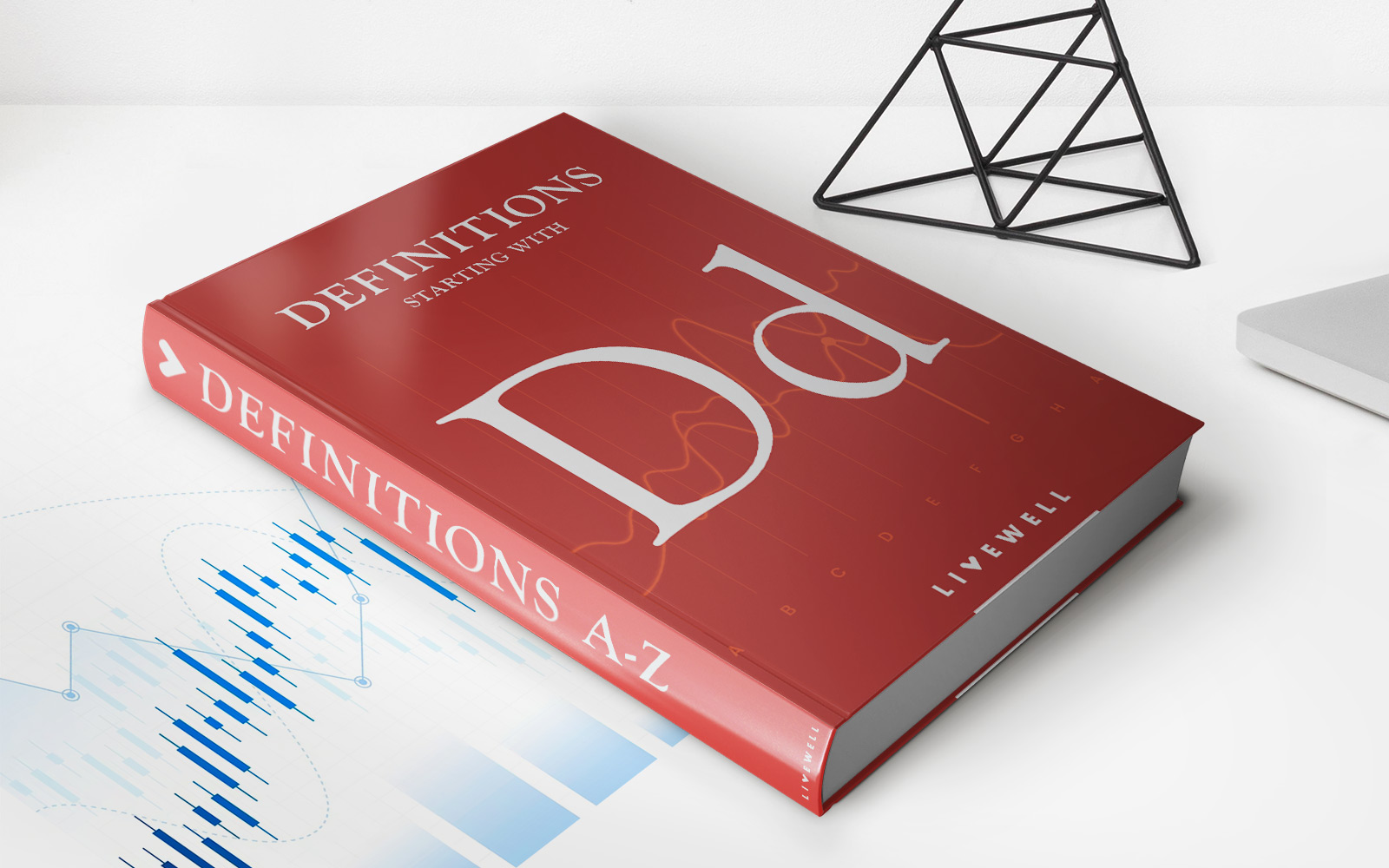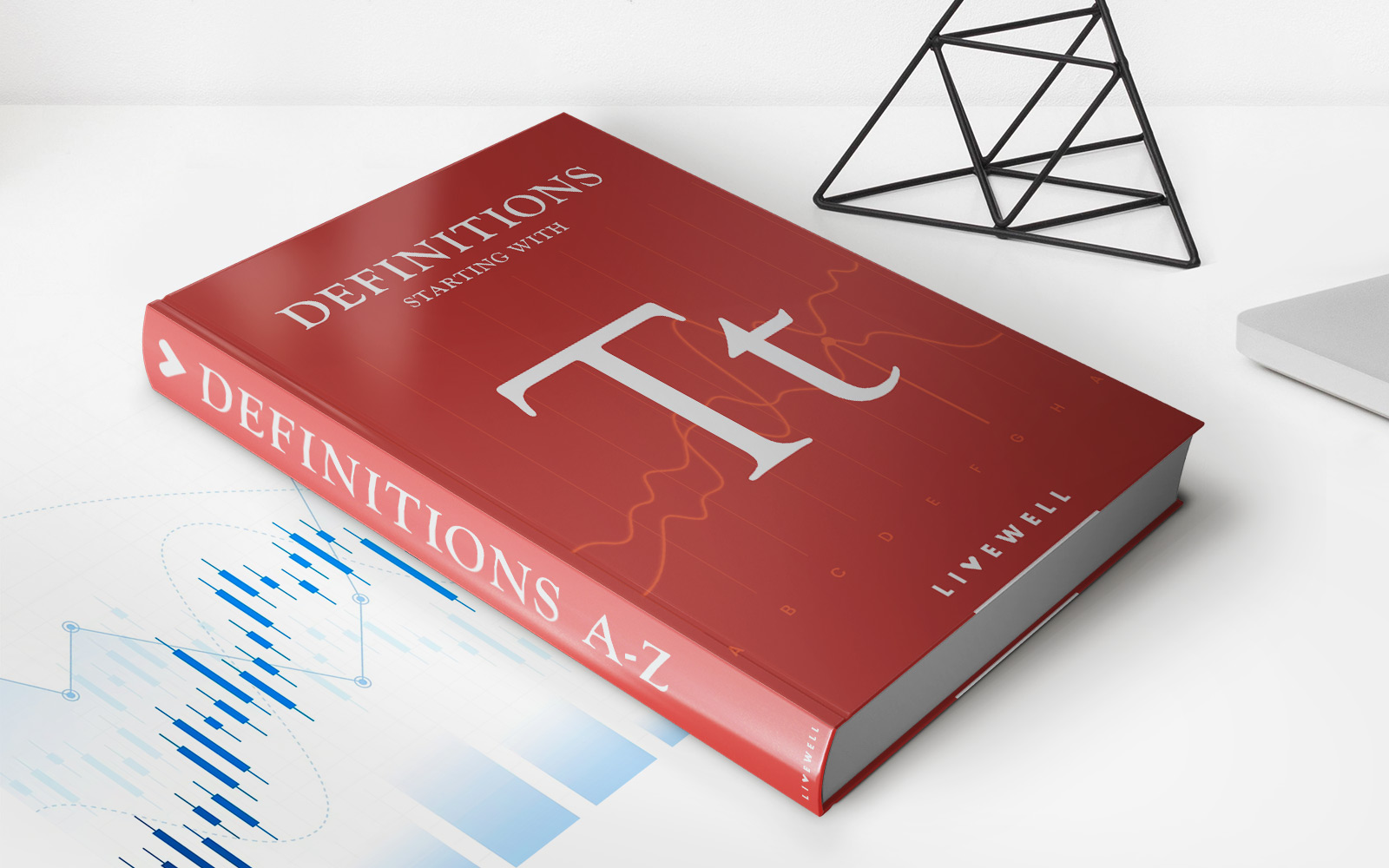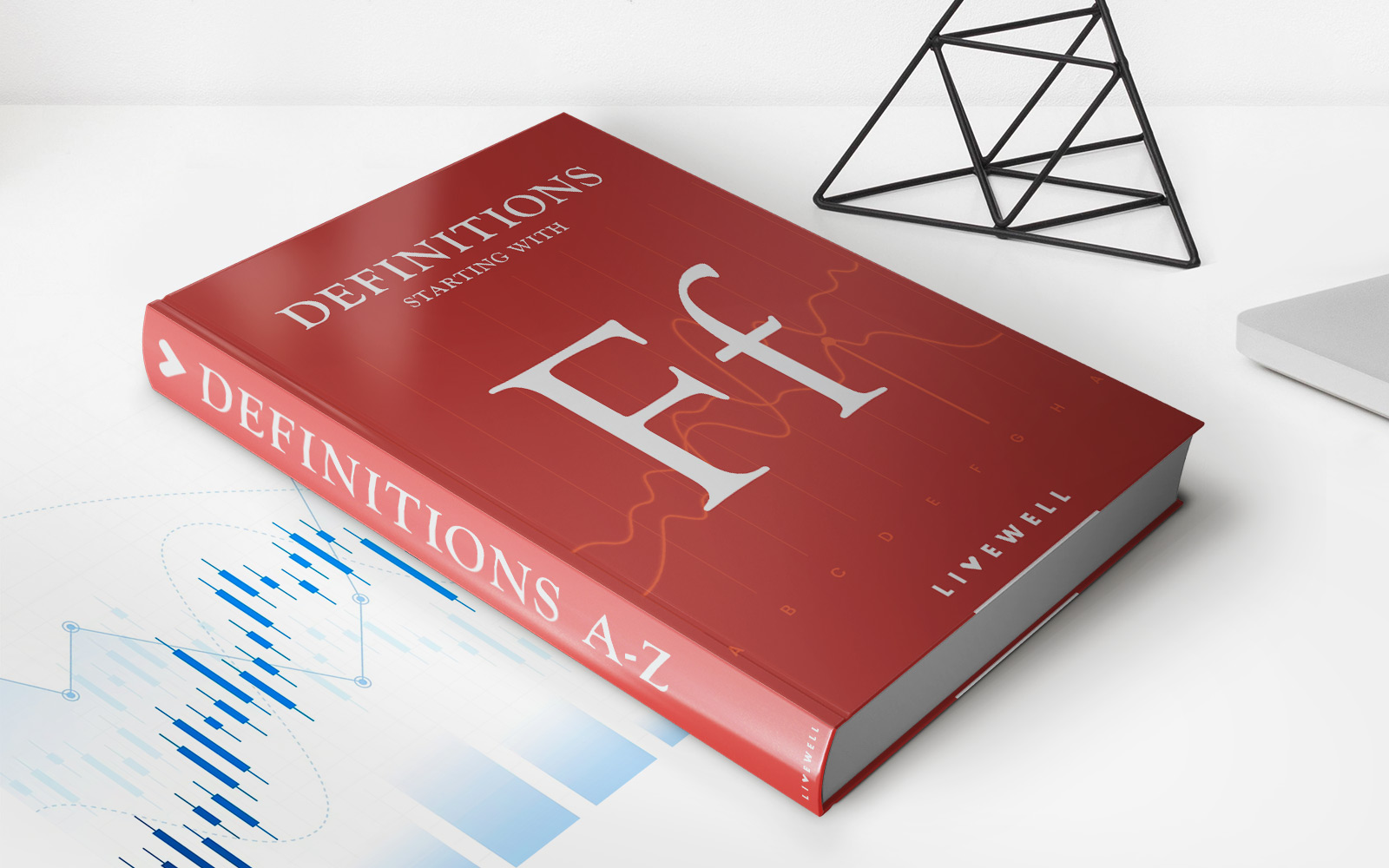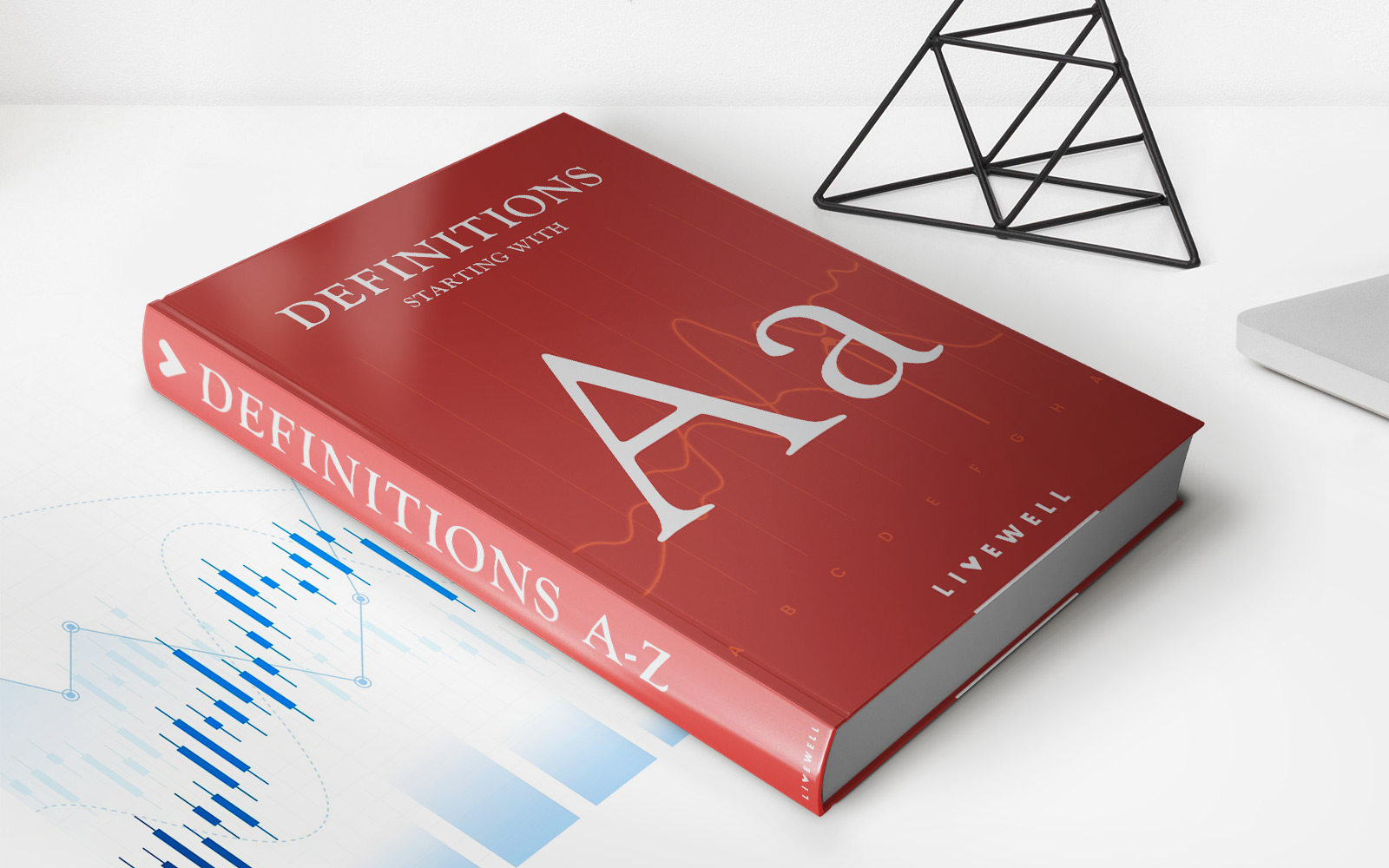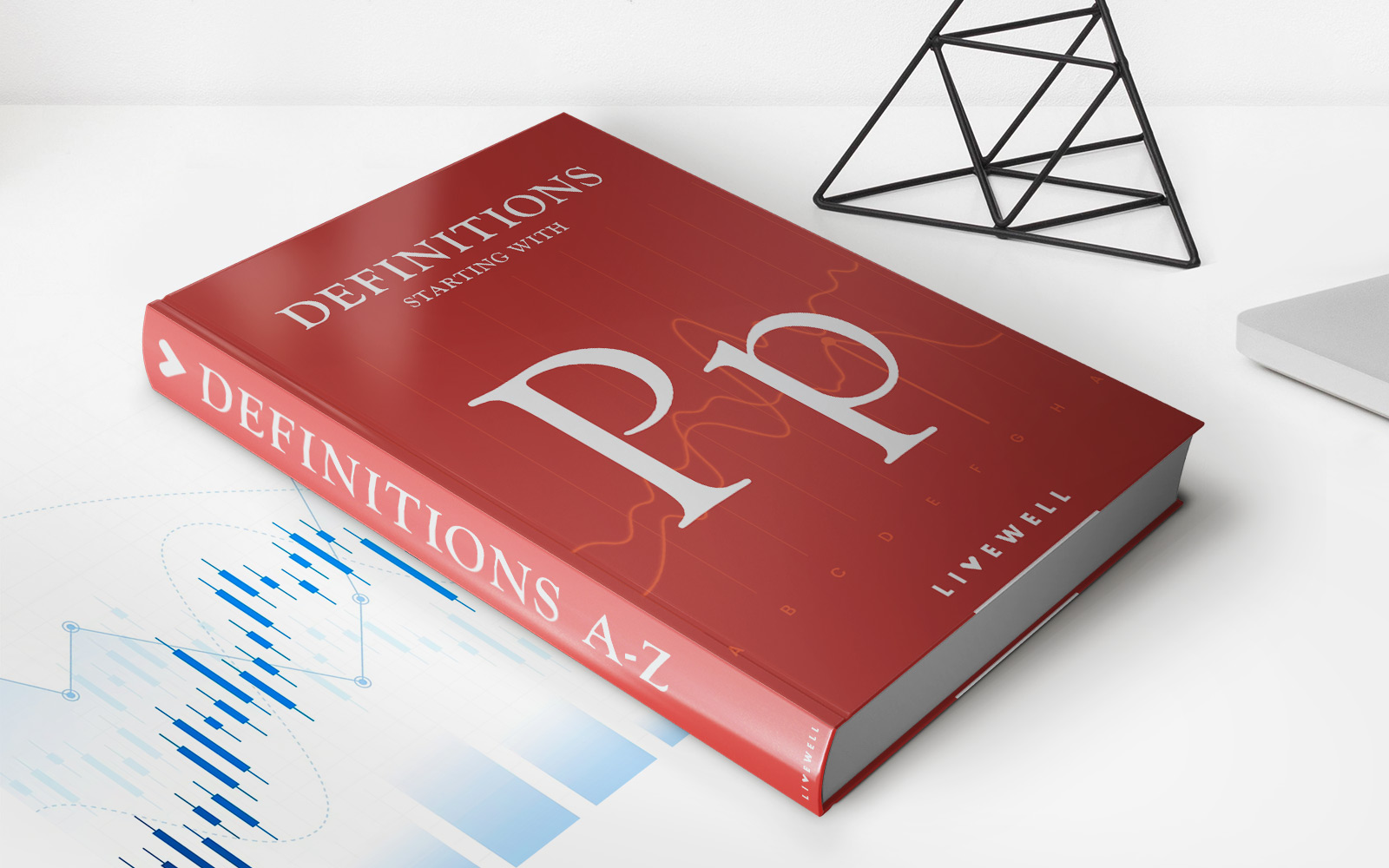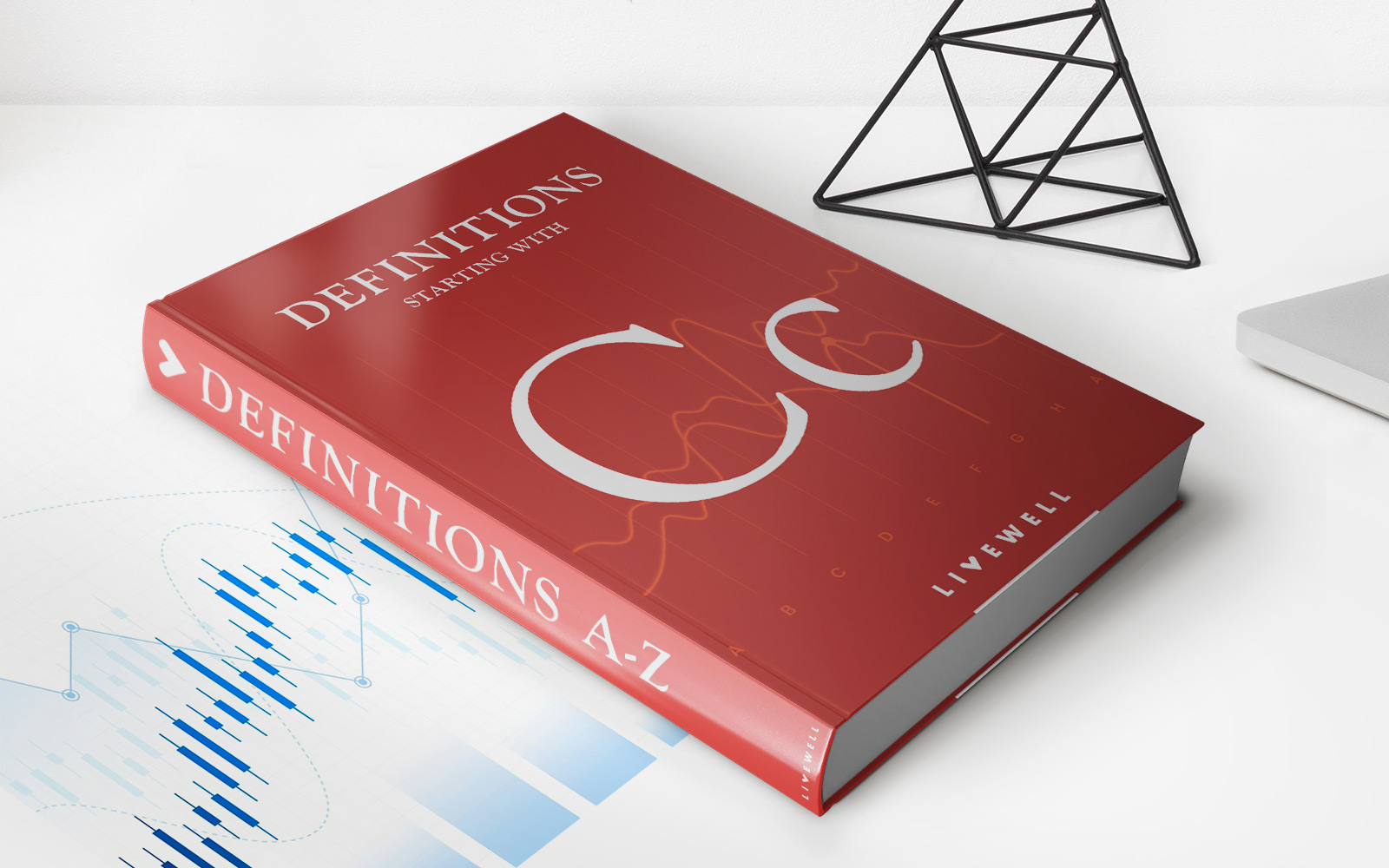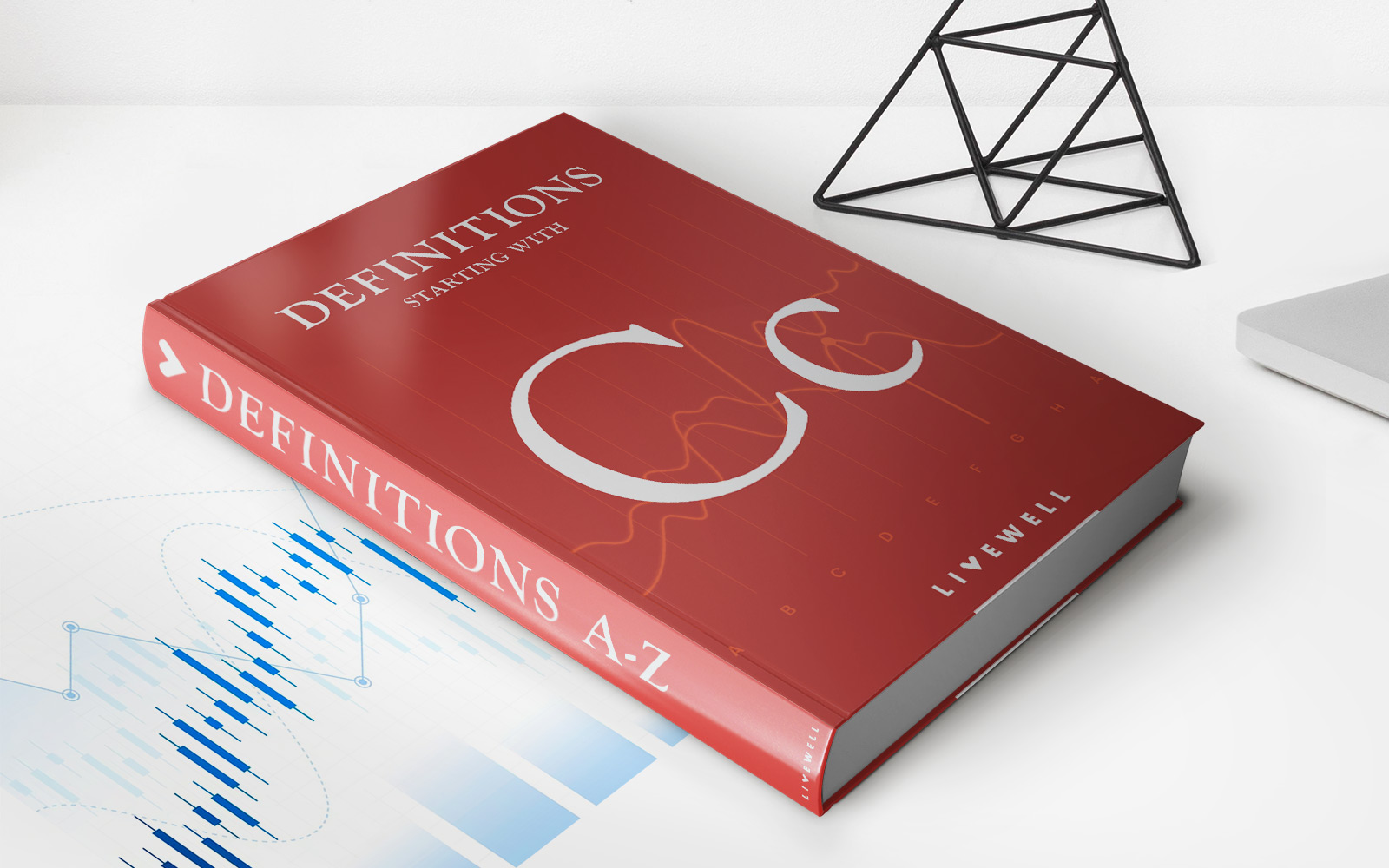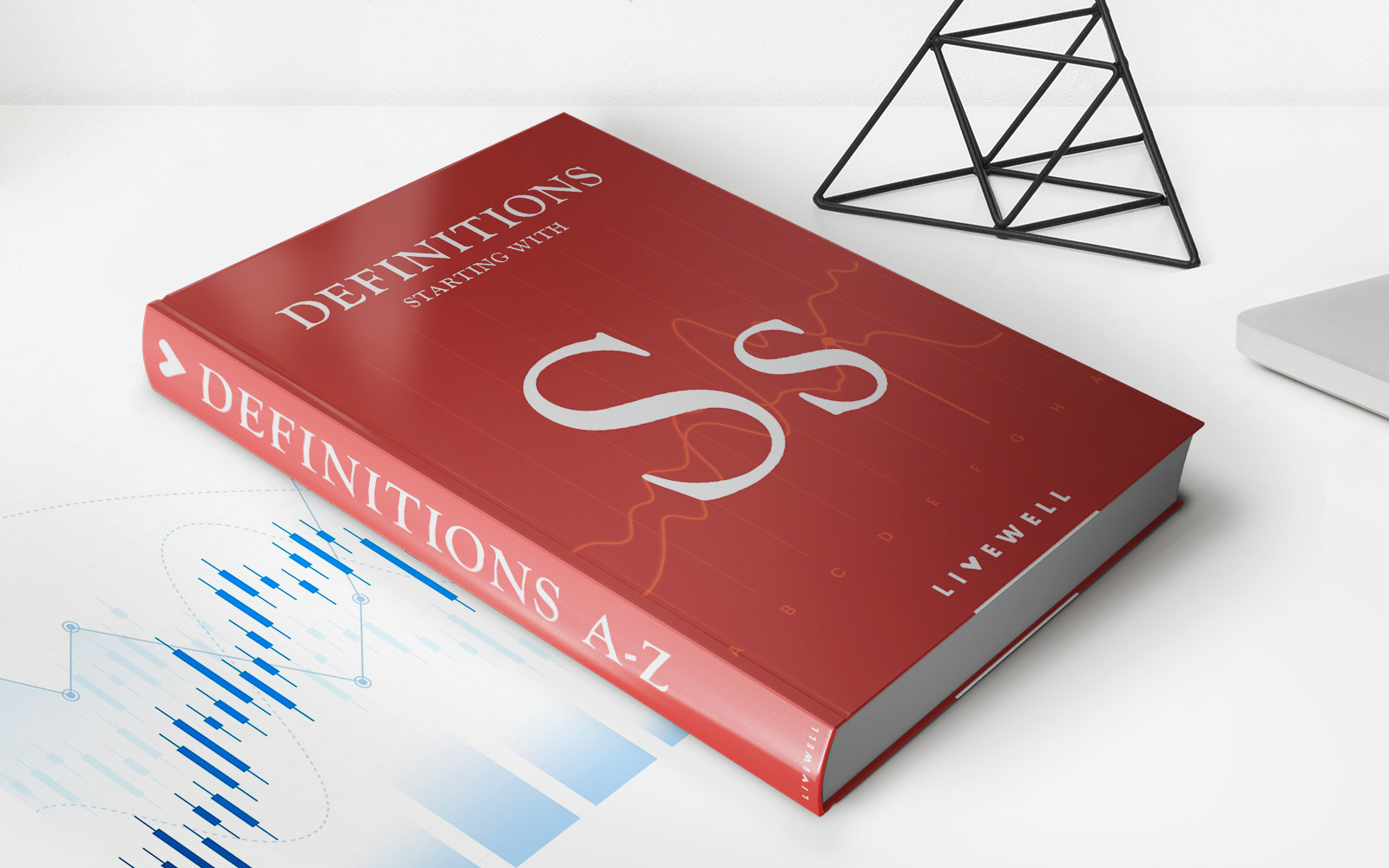Home>Finance>What Is An Order? Definition, How It Works, Types, And Example


Finance
What Is An Order? Definition, How It Works, Types, And Example
Published: January 4, 2024
Discover the definition, operation, and various types of orders in finance, including a practical example. Enhance your financial knowledge with this comprehensive guide.
(Many of the links in this article redirect to a specific reviewed product. Your purchase of these products through affiliate links helps to generate commission for LiveWell, at no extra cost. Learn more)
Understanding Orders in the World of Finance
Welcome to our Finance category! In today’s blog post, we will dive into the fascinating world of orders. If you’ve ever wondered what an order is, how it works, and the different types of orders, you’ve come to the right place. Let’s get started!
Key Takeaways:
- An order is a request made by an investor to buy or sell a financial instrument at a specified price and quantity.
- Orders play a crucial role in ensuring smooth and transparent transactions in the financial markets.
What is an Order?
An order, in the context of finance, refers to a request or instruction made by an investor to a broker or brokerage firm to buy or sell a financial instrument. This could include stocks, bonds, options, or even commodities. The order specifies the desired price and quantity at which the investor wishes to execute the transaction.
How Does an Order Work?
When an investor places an order with a broker, the broker acts as an intermediary between the investor and the market. The broker receives the order and is responsible for executing it in the market on behalf of the investor. The execution of an order depends on various factors, such as market conditions, available liquidity, and the type of order.
The broker sends the order to either a stock exchange or an electronic trading platform. Once the order reaches the market, it matches with a corresponding counterparty who is willing to buy or sell at the specified price and quantity. The order is then filled, and the transaction is completed.
Types of Orders
There are several types of orders that investors can use to specify their trading instructions. Here are a few common types:
- Market Order: This type of order instructs the broker to execute the trade at the best available market price. The transaction is typically executed immediately, with priority given to speed over price.
- Limit Order: A limit order allows investors to set a specific price at which they are willing to buy or sell a financial instrument. The trade will only be executed if the market reaches the specified price.
- Stop Order: Also known as a stop-loss order, this type of order is used to limit a trader’s losses or protect profits. It instructs the broker to buy or sell a security when it reaches a specified price, triggering the order.
- Stop-Limit Order: A stop-limit order combines the features of a stop order and a limit order. It instructs the broker to execute a trade at a specified price, but only if it reaches a certain stop price.
Example of an Order
To better understand how orders work, let’s look at an example:
John wants to buy 100 shares of XYZ Company. He decides to place a limit order at $50 per share. If the stock reaches this price, his order will be executed. However, if the stock never reaches $50, the order remains unfilled until the specified conditions are met.
Now that you have a better understanding of what an order is, how it works, and the different types available, you can navigate the world of finance with greater confidence. Whether you’re a seasoned investor or just starting, understanding orders is essential for making informed investment decisions. Happy investing!
